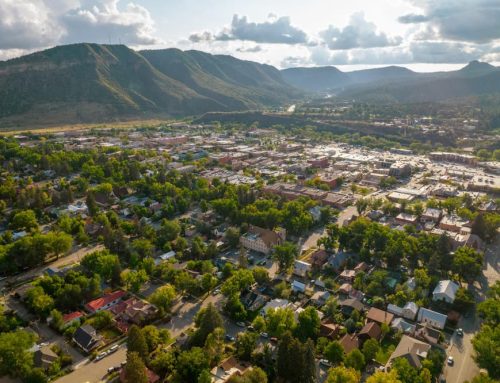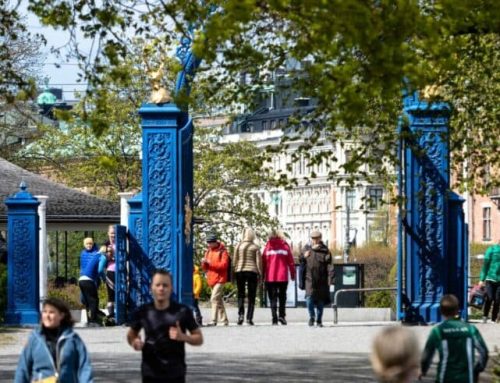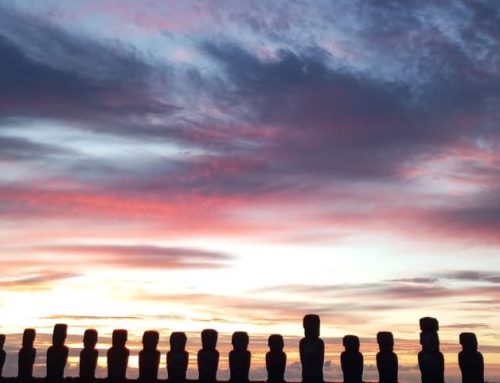Destination Stewardship Report – Autumn 2021 (Volume 2, Issue 2)
This post is from the Destination Stewardship Report (Autumn 2021, Volume 2, Issue 2), an e-quarterly publication that provides practical information and insights useful to anyone whose work or interests involve improving destination stewardship in a post-pandemic world.
Rural Tunisians Join to Initiate Restorative Tourism
Every year, Green Destinations organizes the Top 100 Destination Sustainability Stories competition, which invites submissions from around the world – a vetted collection of stories spotlighting local and regional destinations that are making progress toward sustainable management of tourism and its impacts. This entry, submitted in 2021 from Germany, shows how a community rallied to create placemaking activities that enhance their town’s touristic appeal and stem outmigration.

Bad Grund town center. [Photo Courtesy of Bad Grund]
Submitted by Nikolai Simon-Hallensleben, Project Manager, Innenentwicklung der Bergstadt Bad Grund (Harz)
Community Collaboration in Bad Grund, Germany, Revives the Destination
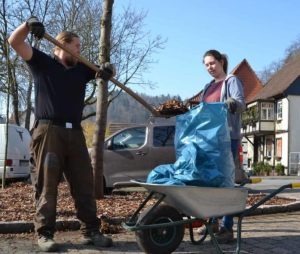
Cleaning day. [Photo Courtesy of Bad Grund]
In response, a group of Bad Grundners came together to tackle the decline of their mountain town. In autumn 2018, the group created the initiative ZukunftsBergstadt – ‘Future Mountain Town’. Over the past few years, the group has organised meetings and events for the local community to share their concerns and develop new ideas.
Direct results of this collaboration include:
- Creating a maintenance group to regularly maintain the flower beds around the town, sow wildflower meadows, and ensure the town centre is clean.
- Increasing the frequency of the Begegnungsmarkt – ‘Encounter Market’ – which now takes place once a month. The market features regional products and is a great place to gather and eat while listening to local music.
- Opening the Grundnerwohnzimmer – ‘Grundner Living Room’ – every day, which has made it a place where locals can meet, talk, share ideas, swap books, and buy tableware, wool, and more.
- Planning to establish a cooperative which would operate out of a repurposed dilapidated vacant property in the center of Bad Grund. The plan is to renovate it this year and create a new gastronomic offering that features regional foods, which is greatly needed.
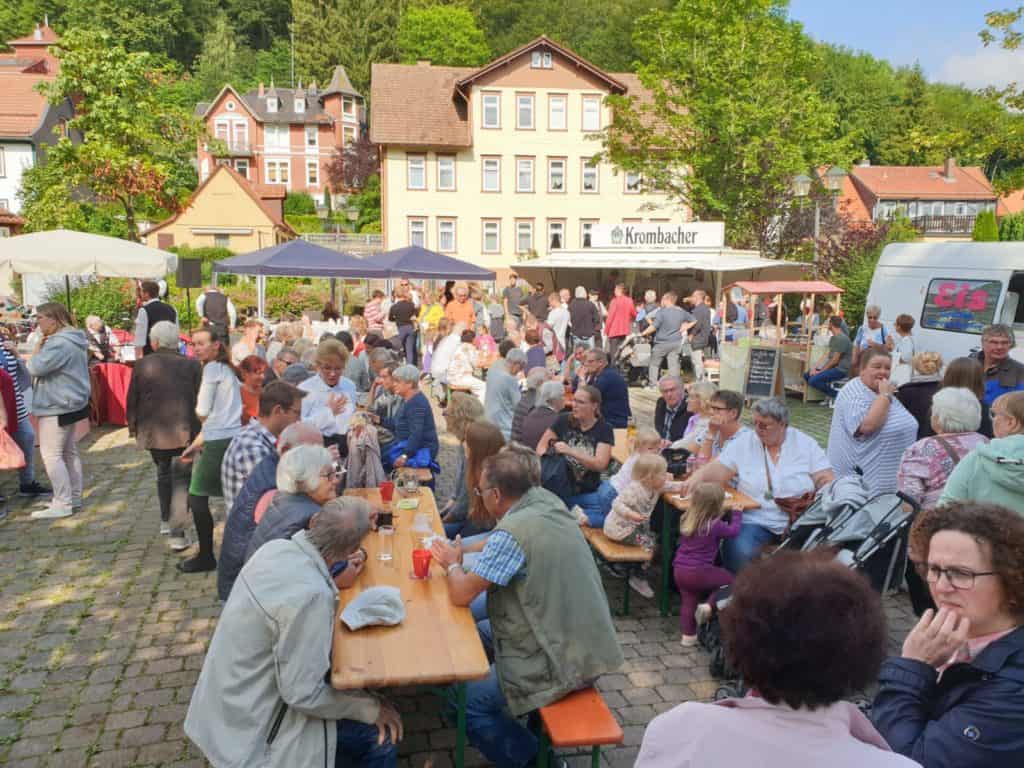
Begegnungsmarkt – ‘Encounter Market’, [Photo courtesy of Bad Grund]
Find the complete Good Practice Story from Bad Grund here.
About DSR Contributors
Volunteer contributors are welcome to the Destination Stewardship Report. Contact us with your proposals and ideas.


